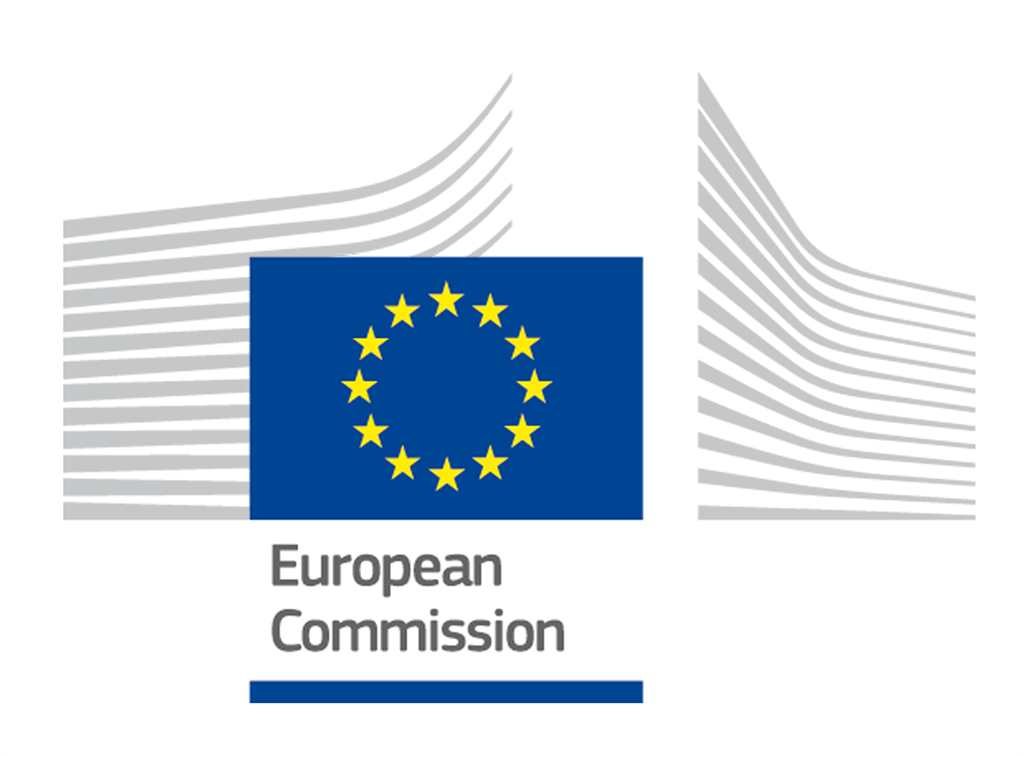Community / Land projects / Enhancing biodiversity considerations and effective protected area management to safeguard the Cook Islands in
Enhancing biodiversity considerations and effective protected area management to safeguard the Cook Islands in

€3398300.349
11/22 - 11/22
Completed
This project is part of
Implementing Organisations
Donors
Data Providers
Objectives
To safeguard globally significant biodiversity and core ecosystem services through mainstreaming environmental issues in key development sectors, facilitating more inclusive natural resource governance, and improving the management effectiveness of conservation areas.
Other
Note: Disbursement data provided is cumulative and covers disbursement made by the project Agency.
Target Groups
The project will generate a range of socio-economic benefits as it invests in mainstreaming biodiversity conservation and ecosystem safeguards across key development sectors in partnership with landowners, traditional leaders and local communities, and further improve management of the protected area system and priority catchments. Increased inclusion of landowners and local communities in biodiversity conservation and sustainable natural resource management. Landowners and local communities will be proactively engaged in the governance and management of protected and managed areas and priority catchments, protecting and respecting traditional practices and knowledge. Engagement of Cook Island Maori communities will be ensured through obtaining free, prior and informed consent (FPIC). Gender mainstreaming and increased inclusion of youth, persons with disabilities and other vulnerable groups. The project will facilitate advances in gender equality and women’s empowerment, through inclusion in decision-making processes on natural resource management, delivery of capacity building on improving financial management skills, and disseminating information on available financing options for local community organizations, helping to enhance small-scale entrepreneurship, with a particular emphasis on engaging women-led community-based organizations and local enterprises. Project activities will emphasise priority inclusion of women, youth, persons with disabilities and other vulnerable groups. Strengthening wellbeing and income-generating measures. Livelihood benefits will be generated for local households through increased soil productivity, soil and water conservation, access to low-value grant assistance for interventions on biodiversity conservation and sustainable use of natural resources, and through access to capacity building on sustainable agricultural practices, best practices in ecotourism, biodiversity conservation, and alternative livelihoods. Strengthened resilience (adaptation benefits).Protection of scarce freshwater resources in Rarotonga is one of the main priorities with respect to climate change adaptation in the Cook Islands. The target catchments in the project cover a cumulative area of 2,513 ha, representing more than 35% of the total terrestrial area of the island. The catchment audits and management plans under Outputs 2.1 and 2.2 will provide scale-able frameworks for the other catchments in the country. Implementation of sustainable land management practices and reduction in the use of agrochemicals will generate substantive adaptation benefits. Moreover, improved and intersectoral management of priority catchments will contribute to the low carbon development priorities of the country, safeguarding important ecosystem services, increasing awareness, and increasing resilience and coping capacities of local communities. Relevance to Sustainable Development Goals (SDGs) and post-2020 Global Biodiversity Framework: The project is relevant to a number of SDGs, most notably SDG 1 (No Poverty), SDG 5 (Gender Equality), SDG 12 (Responsible Consumption and Production), SDG 13 (Climate Action), SDG 14 (Life Below Water), SDG 15 (Life on Land), and SDG 17 (Partnerships for the Goals), as outlined below in Table 3 of the Project Document.Relevance to United Nations Pacific Strategy 2018-2022 and UNDP Strategy Plan 2022-2025:The project is aligned to the United Nations Pacific Strategy 2018-2022, specifically Outcome 1: “Climate change, disaster resilience, and environmental protection”; Output 1.5: “Number of PICTs coverage of terrestrial and marine areas that are protected.” The GEF-7 project aims to facilitate improved management effectiveness of four protected and managed areas and establishment of a new, community conserved area in the cloud forest in Rarotonga. The expected project results will also contribute towards achievement of the UNDP Strategic Plan (2022-2025), namely Output Signature Solution #4 (Environment); contributing to UNDP SP Result 4.1: “Natural resources protected and managed to enhance sustainable productivity and livelihoods”; and Result 4.2: “Public and private investment mechanismsmobilizedfor biodiversity, water, oceans, and climate solutions”. Under the Integrated results and resources framework (IRRF) of the UNDP Strategic Plan, the project will contribute towards Indicator IRRF 4.1.1 (“Number of people directly benefitting from initiatives to protect nature and promote sustainable use of resources”), and Indicator 4.2.1 (“Number of people directly benefitting from mechanisms for biodiversity, water, oceans, and climate solutions funded by public and/or private sector resources”): 9,588 estimated direct beneficiaries, of whom 4,892 are women; and Indicator IRRF 4.1.2: 15,831 ha of “area of terrestrial (1,378 ha) and marine protected areas (14,453 ha) created or under improved management practices”, and 3,130 ha of “areas of landscapes under improved practices, excluding protected areas”.



